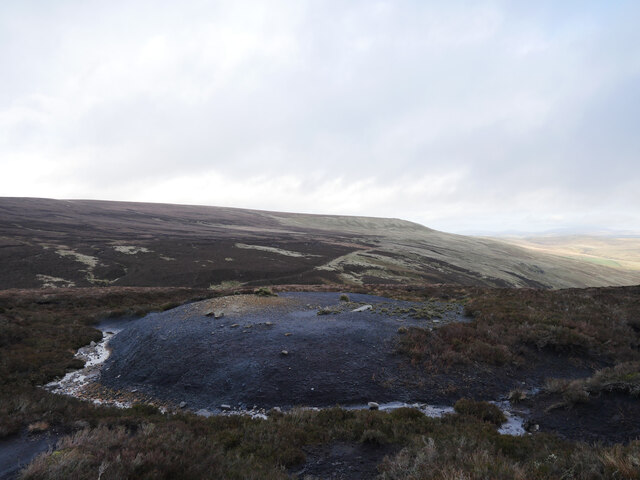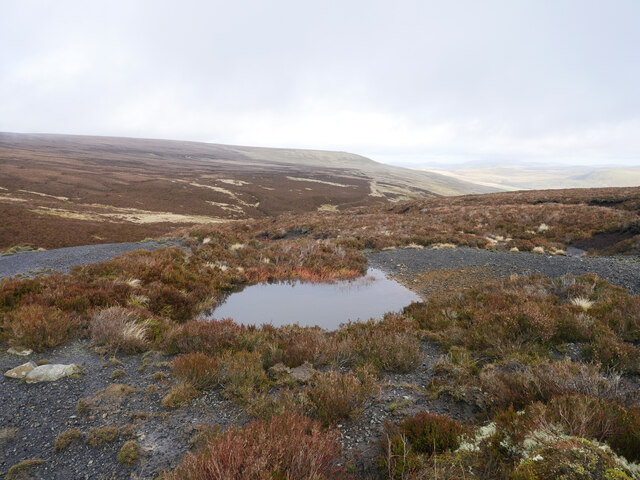Carter Fell
Downs, Moorland in Roxburghshire
Scotland
Carter Fell

Carter Fell is a stunning area located in Roxburghshire, Scotland, known for its picturesque downs and moorland. It is situated in the southern part of the country, near the border with England. This area boasts breathtaking natural beauty, with rolling hills and expansive open spaces.
The downs in Carter Fell are characterized by their gently sloping terrain and lush green grasslands. They provide a perfect backdrop for leisurely walks, picnics, and outdoor activities. The moorland, on the other hand, offers a more rugged and wild landscape. It is covered in heather and scattered with rocky outcrops, creating a dramatic and captivating scene.
Carter Fell is home to a diverse range of flora and fauna. Visitors can spot various species of birds, including birds of prey such as kestrels and buzzards, as well as smaller woodland birds like robins and tits. The moorland is also known for its wildlife, with deer and mountain hares often seen roaming freely.
For outdoor enthusiasts, Carter Fell offers numerous opportunities for exploration and adventure. Hiking and cycling trails crisscross the area, allowing visitors to discover the hidden gems of this beautiful region. The views from the top of the downs are particularly breathtaking, offering panoramic vistas of the surrounding countryside.
Overall, Carter Fell in Roxburghshire is a must-visit destination for nature lovers and those seeking tranquility in a stunning natural setting. Its downs and moorland provide a unique and unforgettable experience, with their diverse landscapes and rich wildlife.
If you have any feedback on the listing, please let us know in the comments section below.
Carter Fell Images
Images are sourced within 2km of 55.323379/-2.5238422 or Grid Reference NT6603. Thanks to Geograph Open Source API. All images are credited.









Carter Fell is located at Grid Ref: NT6603 (Lat: 55.323379, Lng: -2.5238422)
Unitary Authority: The Scottish Borders
Police Authority: The Lothians and Scottish Borders
What 3 Words
///cage.iteration.marginal. Near Rochester, Northumberland
Nearby Locations
Related Wikis
Whitelee Moor
Whitelee Moor is nature reserve of the Northumberland Wildlife Trust, in Northumberland, England, near Carter Bar. A large part of the moor is blanket...
Carter Bar
Carter Bar is a pass in the Cheviot Hills, on the Anglo-Scottish border. It lies east of Carter Fell at the head of Redesdale, and is crossed by the A68...
Scottish Borders
The Scottish Borders (Scots: the Mairches, lit. 'the Marches'; Scottish Gaelic: Crìochan na h-Alba) is one of 32 council areas of Scotland. It is bordered...
Raid of the Redeswire
The Raid of the Redeswire, also known as the Redeswire Fray, was a border skirmish between England and Scotland on 7 July 1575 which took place at Carter...
Nearby Amenities
Located within 500m of 55.323379,-2.5238422Have you been to Carter Fell?
Leave your review of Carter Fell below (or comments, questions and feedback).










